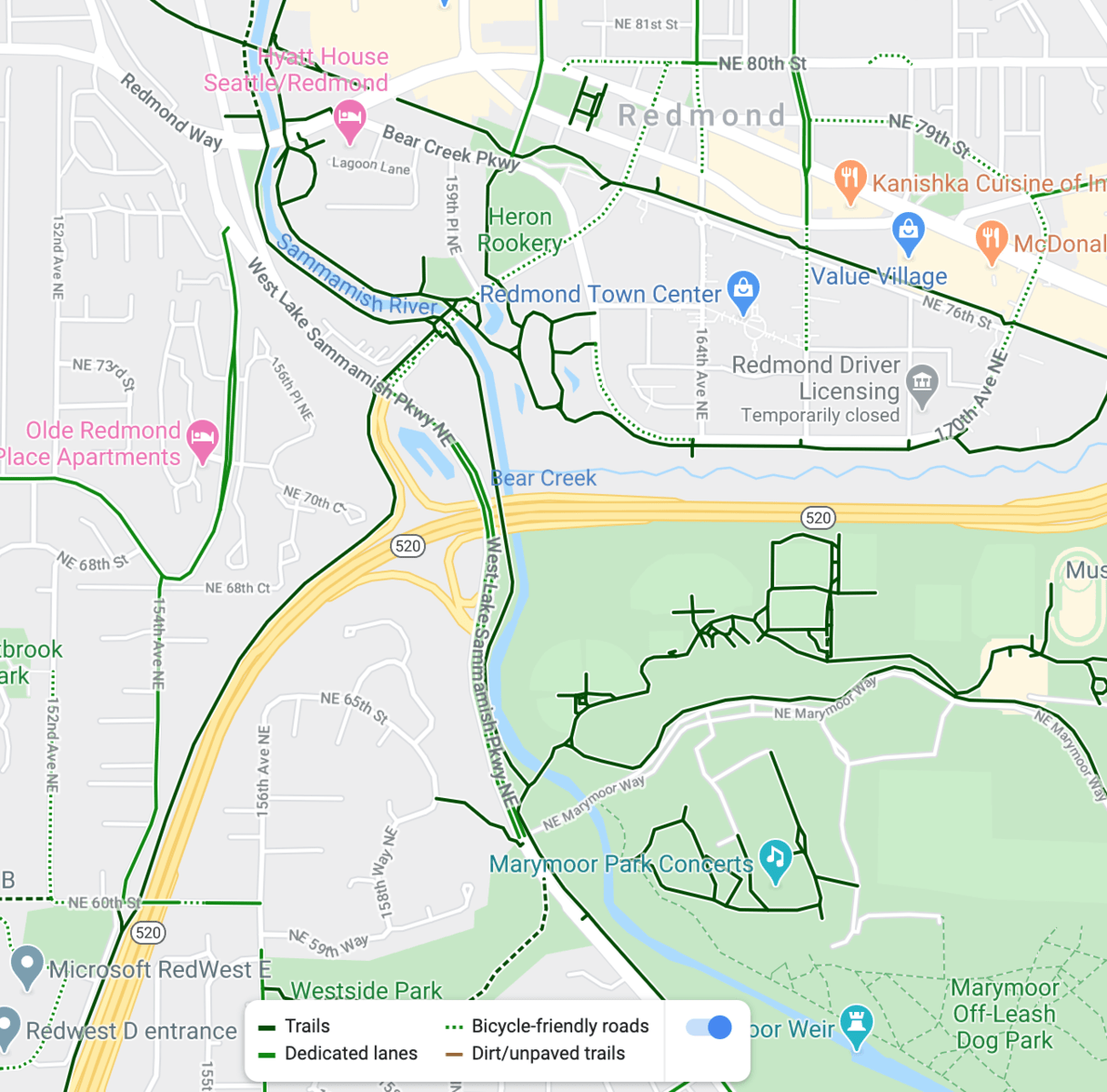
How to Plan a Bike-Friendly Travel Itinerary
Estimated reading time: 7 minutes
Key Takeaways
- Choose bike-friendly destinations with dedicated lanes and services.
- Plan your route using mapping tools, balancing distance and difficulty.
- Pack essential cycling gear, including a helmet and repair kit.
- Book accommodations that offer secure bike storage and access to routes.
- Respect local bike laws and etiquette for a safe and enjoyable trip.
Table of Contents
- Introduction
- Choosing the Right Destination
- Planning Your Route
- Packing Essentials for Your Bike Trip
- Booking Bike-Friendly Accommodations
- Navigating Local Bike Laws and Etiquette
- Incorporating Local Culture into Your Trip
- Health and Fitness Preparation
- Budgeting for Your Bike Trip
- Sustainable Cycling Practices
- Documenting Your Bike Adventure
- Conclusion
- FAQ
Introduction
Planning a bike-friendly travel itinerary is an excellent way to explore new destinations while staying active and eco-conscious. Whether you’re a seasoned cyclist or a casual rider, this guide will help you create a seamless and enjoyable biking adventure.
Why Choose a Bike-Friendly Travel Itinerary?
Biking allows you to immerse yourself in the local culture, discover hidden gems, and reduce your carbon footprint. It’s a sustainable and rewarding way to travel.
What Makes a Destination Bike-Friendly?
Look for destinations with dedicated bike lanes, bike rental services, and scenic routes. Safety and accessibility are key factors to consider.
Choosing the Right Destination
Selecting a bike-friendly destination is the first step in planning your itinerary. Here’s how to find the perfect spot for your cycling adventure.
Top Bike-Friendly Cities Around the World
Explore cities like Amsterdam, Copenhagen, and Portland, known for their extensive cycling infrastructure and vibrant bike culture.
Scenic Bike Routes in Nature
Discover breathtaking trails such as the Loire Valley in France or the Great Ocean Road in Australia, perfect for nature-loving cyclists.
Planning Your Route
A well-planned route ensures a smooth and enjoyable biking experience. Consider distance, terrain, and points of interest.
Mapping Your Journey
Use tools like Google Maps or cycling apps to plot your route. Include rest stops, attractions, and emergency services.
Balancing Distance and Difficulty
Choose a route that matches your fitness level. Mix challenging trails with easier stretches to keep the journey enjoyable.
Packing Essentials for Your Bike Trip
Packing the right gear is crucial for a successful biking trip. Here’s a checklist to ensure you’re prepared for the road.
Must-Have Cycling Gear
Invest in a quality helmet, padded gloves, and comfortable cycling shoes. Don’t forget a repair kit and spare tubes.
Clothing and Accessories
Pack moisture-wicking clothing, a waterproof jacket, and sunglasses. Consider panniers or a backpack for carrying essentials.
Booking Bike-Friendly Accommodations
Choose accommodations that cater to cyclists, offering secure bike storage and convenient access to cycling routes.
Hotels and Guesthouses with Bike Facilities
Look for hotels with bike repair stations, rental services, and guided tours. Many eco-friendly lodgings also prioritize cycling.
Camping and Glamping Options
For outdoor enthusiasts, campsites and glamping spots near bike trails provide a unique and immersive experience.
Navigating Local Bike Laws and Etiquette
Understanding local cycling regulations ensures a safe and respectful biking experience.
Common Bike Laws to Know
Familiarize yourself with helmet requirements, traffic rules, and bike lane usage in your destination.
Cycling Etiquette and Safety Tips
Respect pedestrians, signal your turns, and use lights at night. Always prioritize safety on the road.
Incorporating Local Culture into Your Trip
Make your biking trip memorable by engaging with the local culture and traditions.
Exploring Local Cuisine
Stop at local markets, food trucks, and restaurants to savor regional dishes. Many cycling routes pass through culinary hotspots.
Participating in Community Events
Join cycling festivals, charity rides, or cultural celebrations to connect with locals and fellow travelers.
Health and Fitness Preparation
Prepare your body for the physical demands of cycling to ensure a smooth and enjoyable trip.
Training Tips for Long-Distance Cycling
Start with shorter rides and gradually increase distance. Focus on building endurance and strength.
Staying Hydrated and Energized
Carry a reusable water bottle and pack energy bars or snacks. Plan for regular hydration breaks.
Budgeting for Your Bike Trip
Plan your finances to make the most of your biking adventure without overspending.
Cost of Bike Rentals and Gear
Research rental fees and consider bringing your own bike to save costs. Compare prices for essential gear.
Affordable Dining and Accommodation
Opt for budget-friendly options like hostels, street food, and self-catering accommodations.
Sustainable Cycling Practices
Travel responsibly by adopting eco-friendly habits during your biking trip.
Reducing Your Environmental Impact
Avoid single-use plastics, support local businesses, and stick to designated trails to minimize harm to nature.
Supporting Local Communities
Choose locally owned accommodations and services to contribute to the local economy.
Documenting Your Bike Adventure
Capture memories and share your cycling journey with others.
Photography Tips for Cyclists
Invest in a lightweight camera or use your smartphone. Focus on capturing scenic landscapes and candid moments.
Blogging and Social Media Sharing
Share your experiences through blogs, Instagram, or YouTube. Inspire others to embark on bike-friendly travels.
Conclusion
Planning a bike-friendly travel itinerary is a rewarding way to explore the world while staying active and eco-conscious. Follow these tips to create an unforgettable cycling adventure.
FAQ
-
Q: What is the best time of year for a bike trip?
A: The best time depends on your destination. Spring and fall often offer pleasant weather and fewer crowds.
-
Q: How do I transport my bike to another country?
A: Contact airlines or shipping services for bike transport options and regulations.
-
Q: What should I do in case of a bike breakdown?
A: Carry a repair kit and know basic repair skills. Alternatively, find a local bike shop.